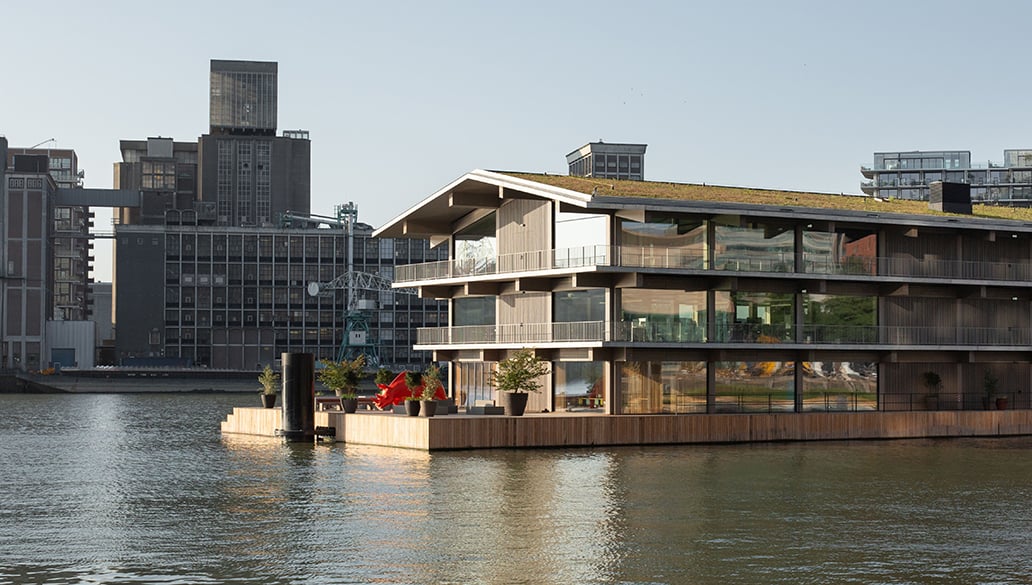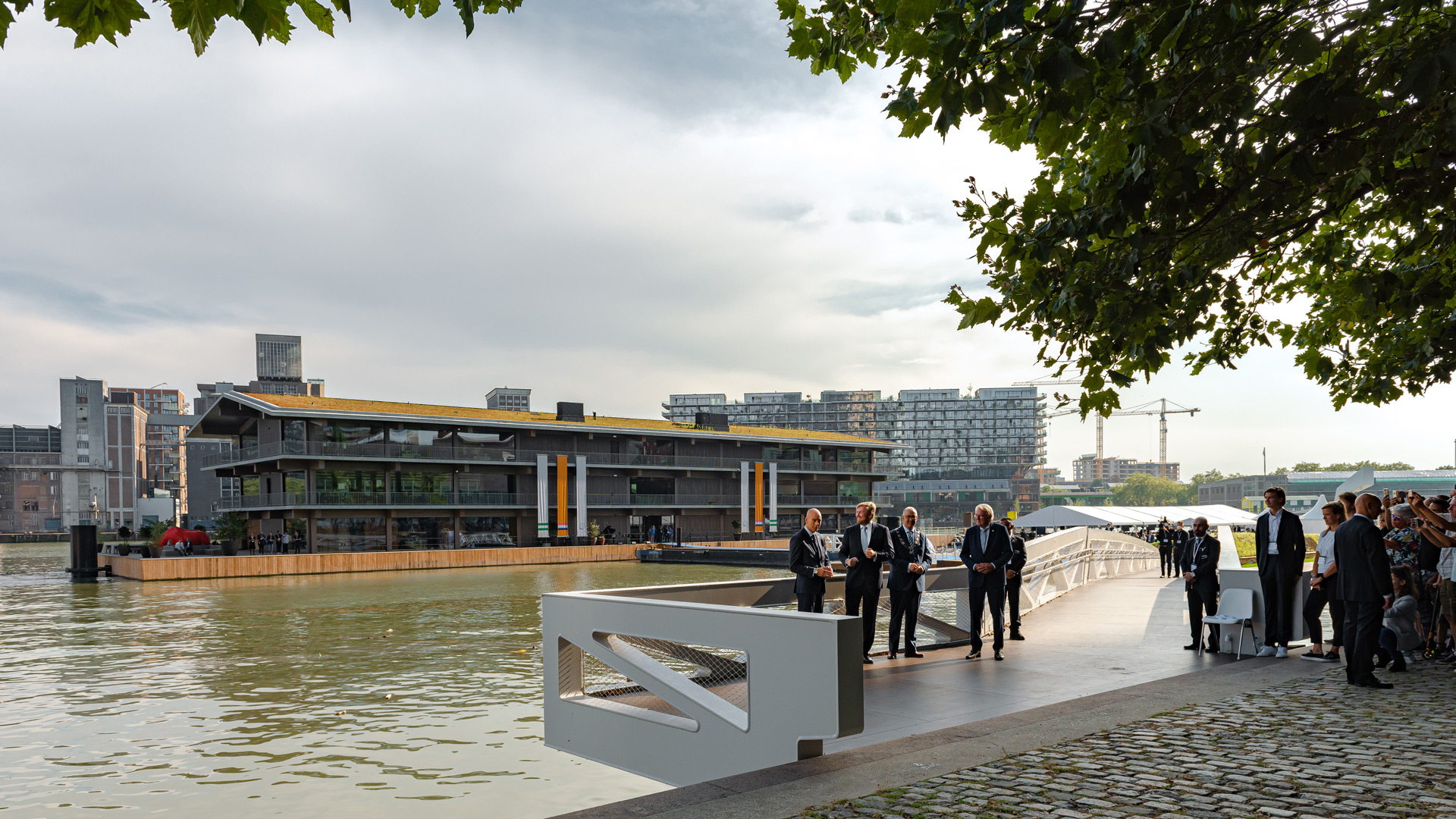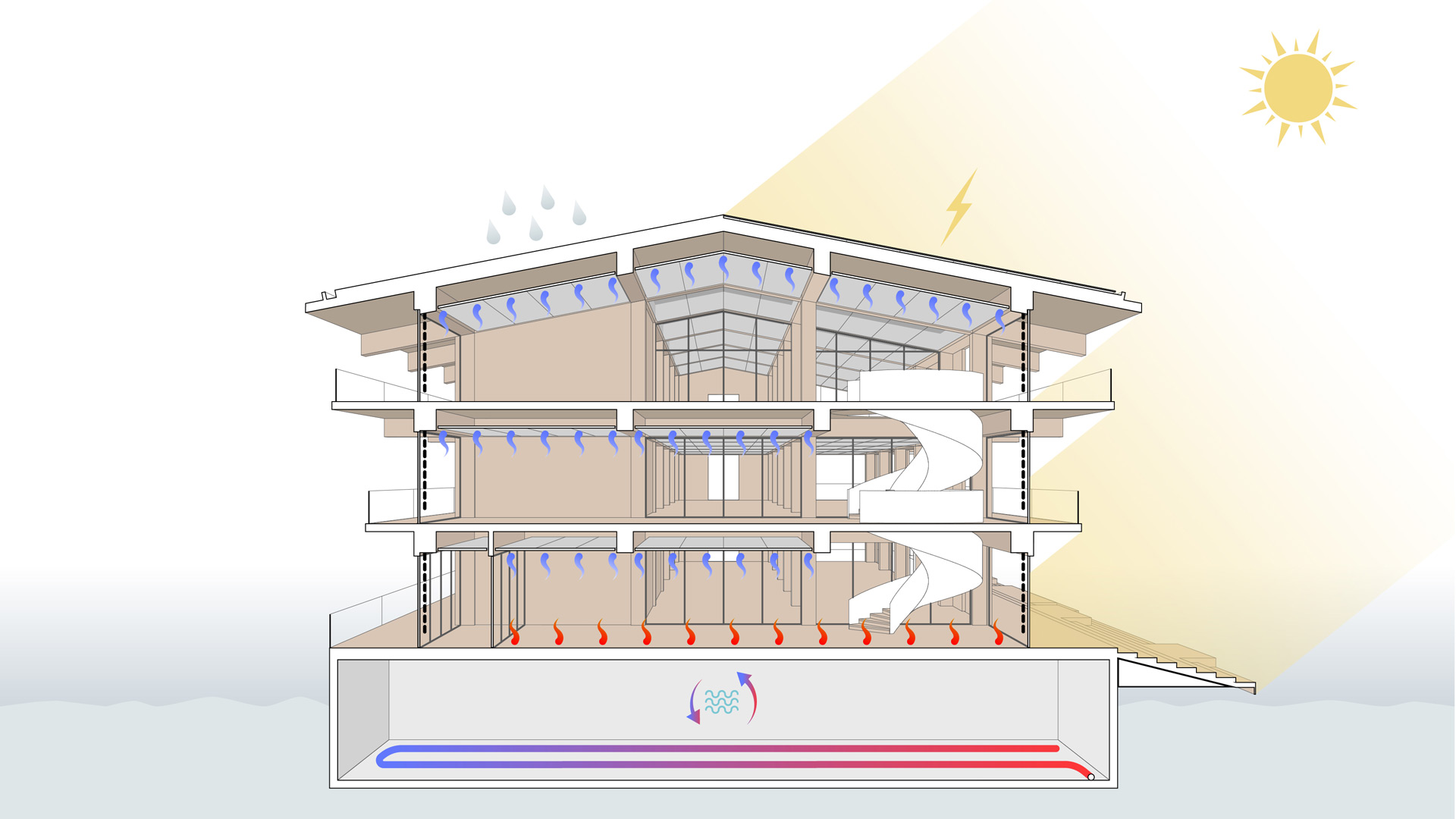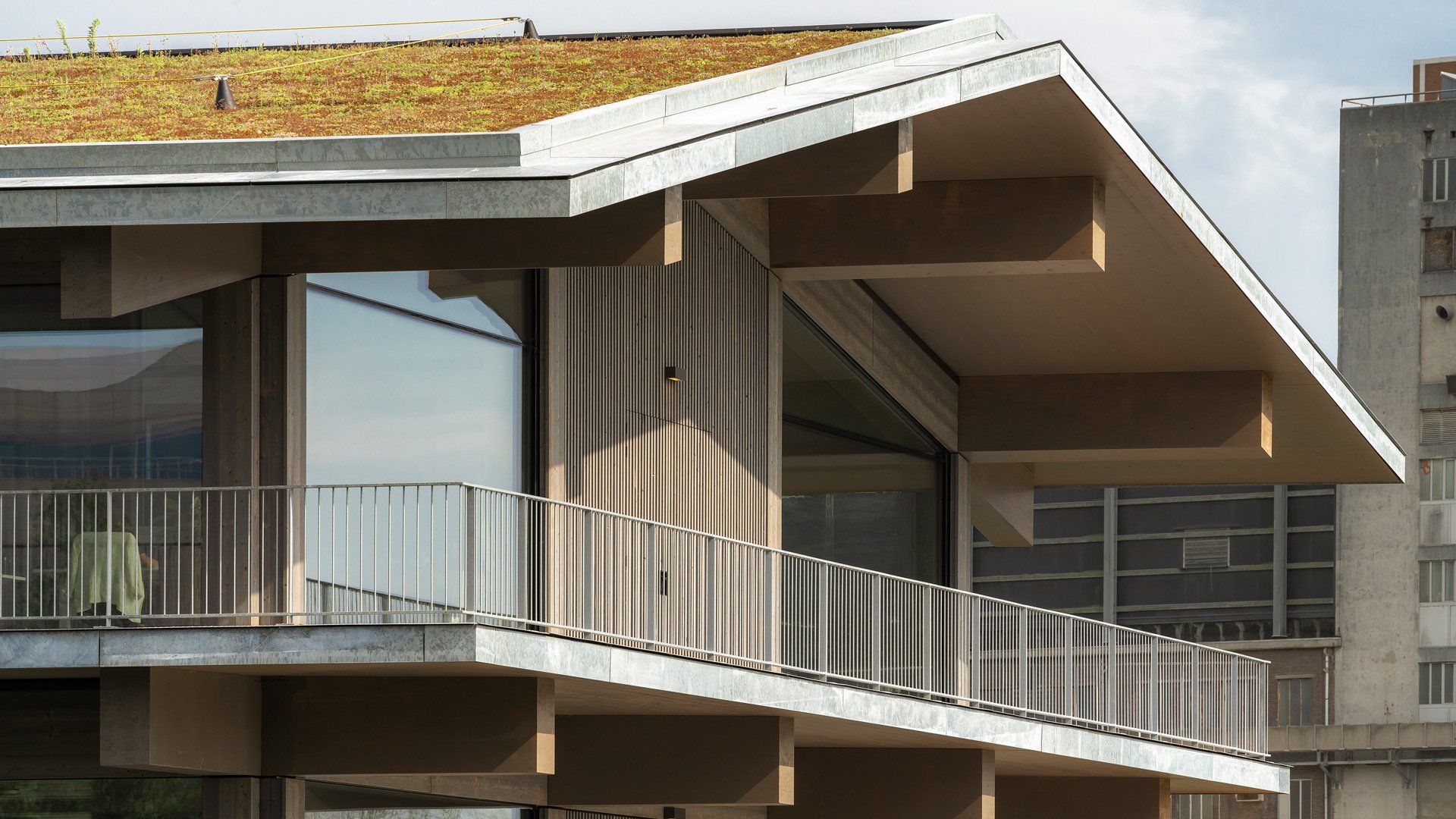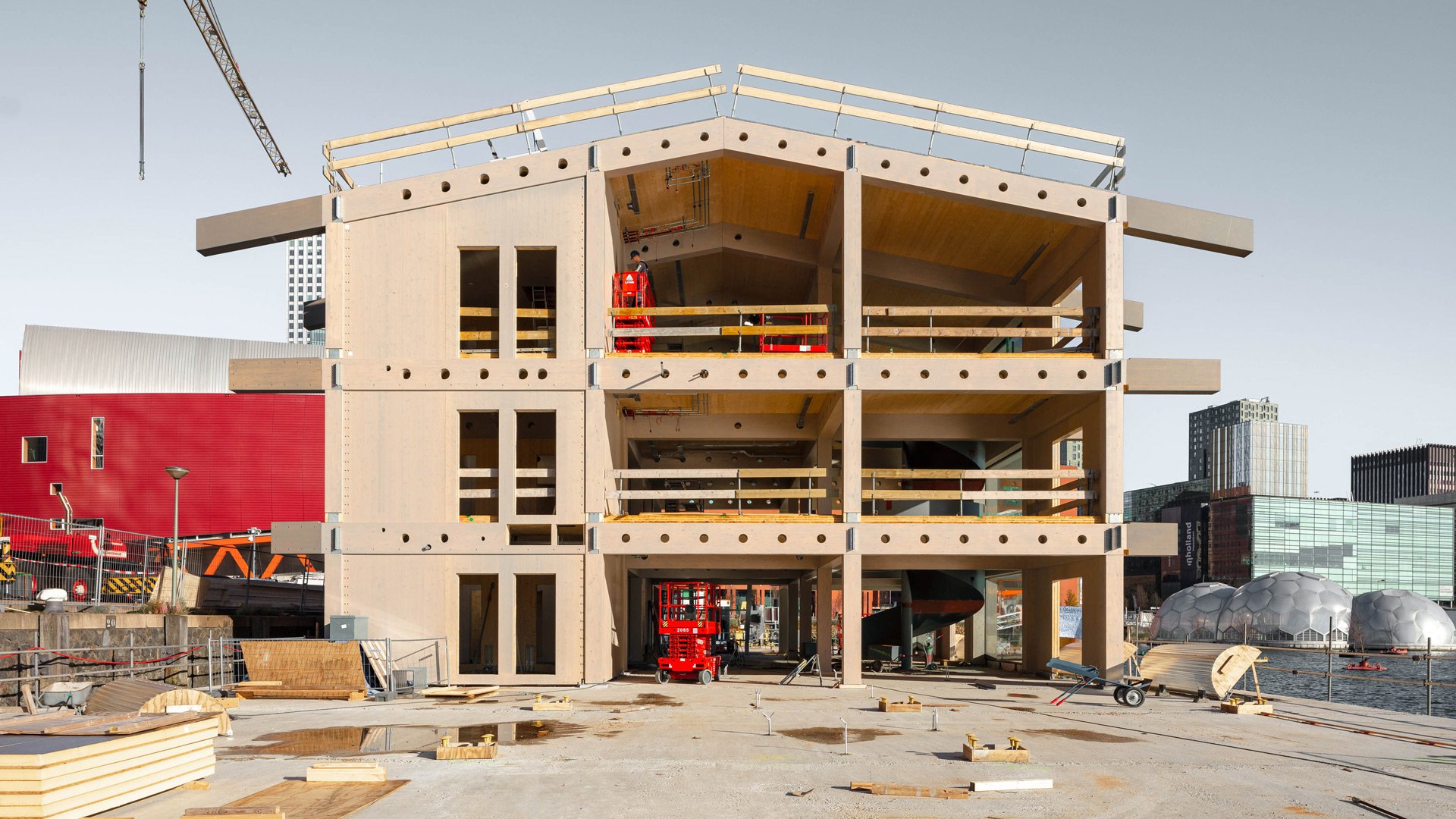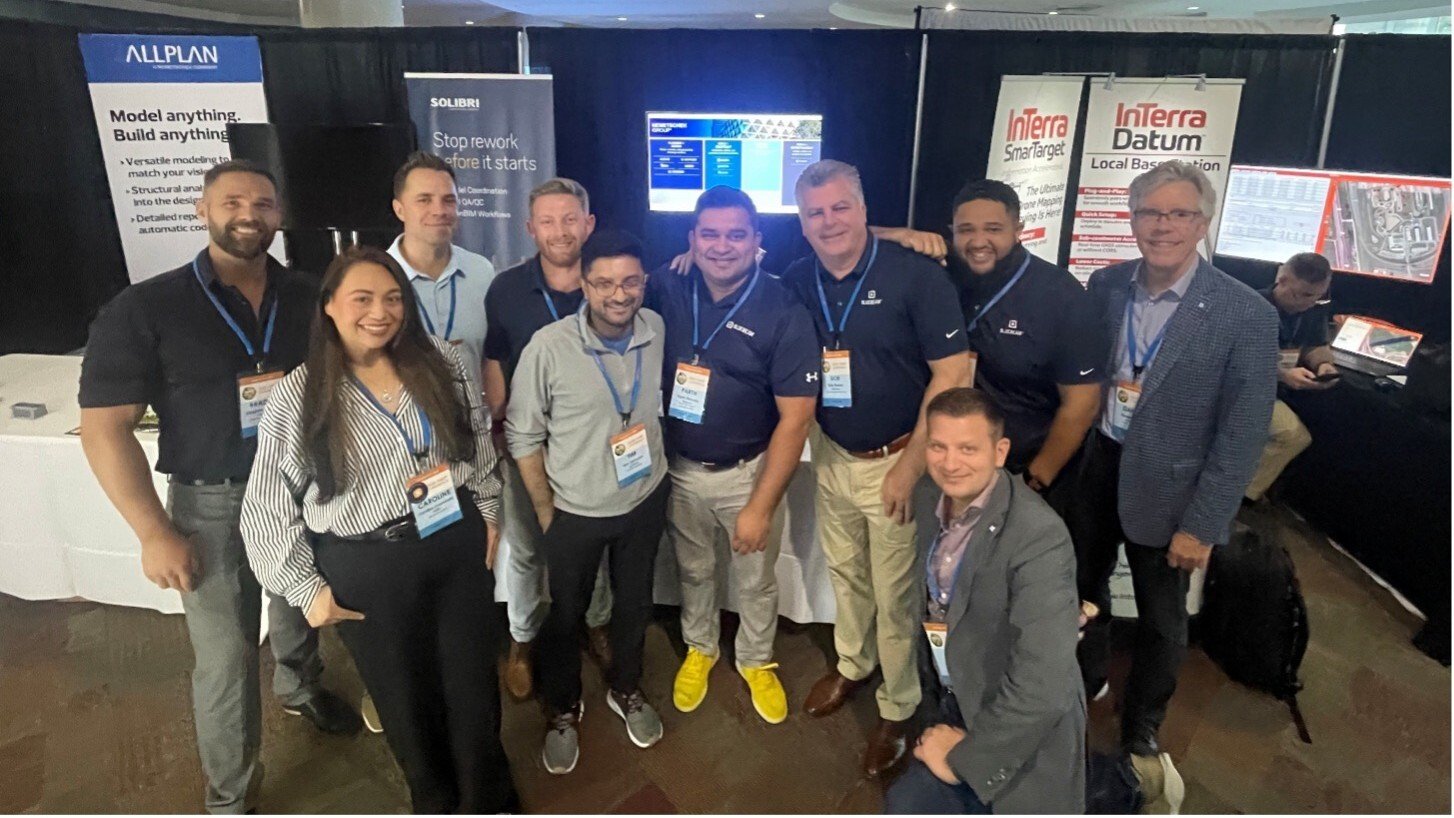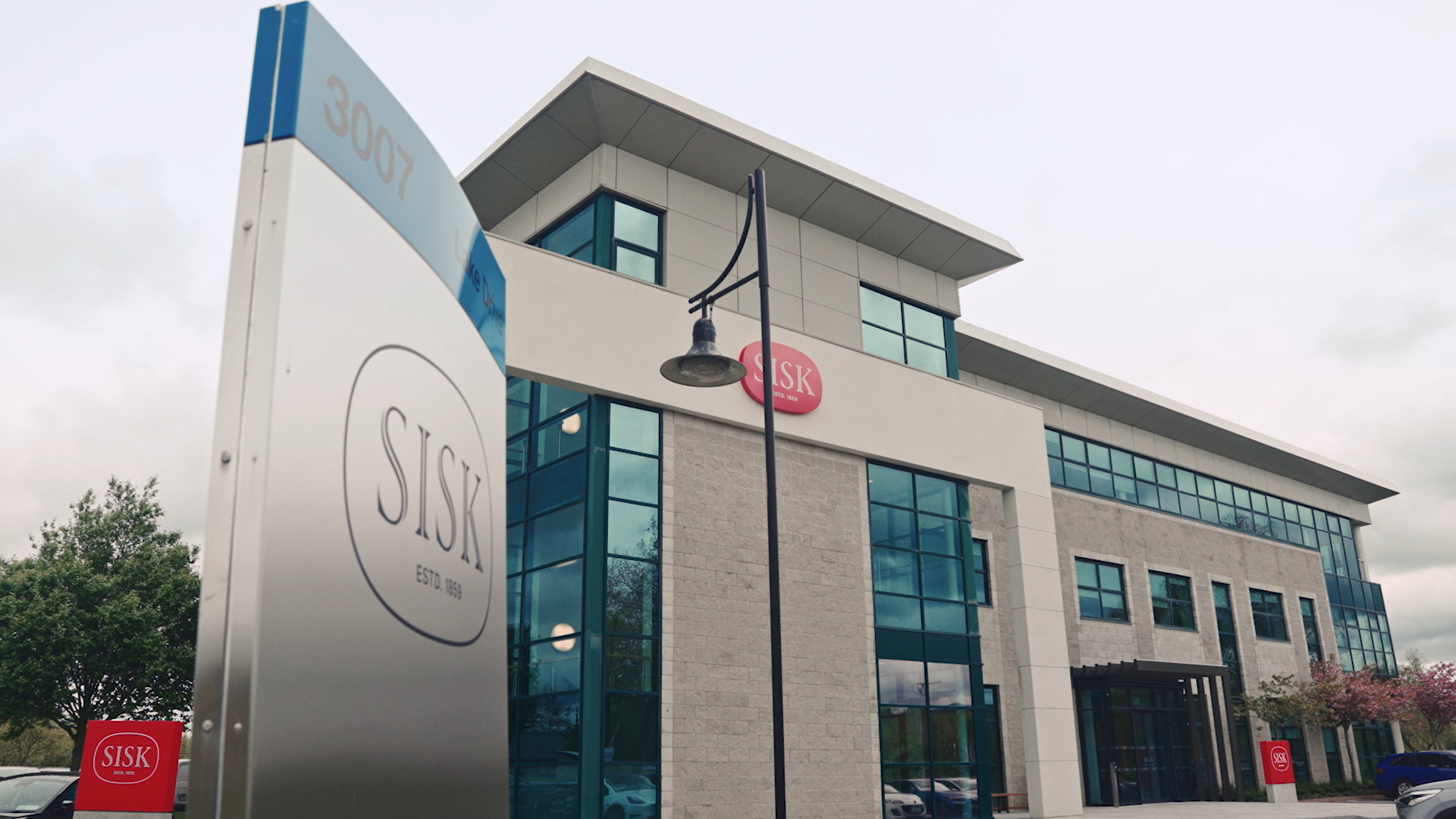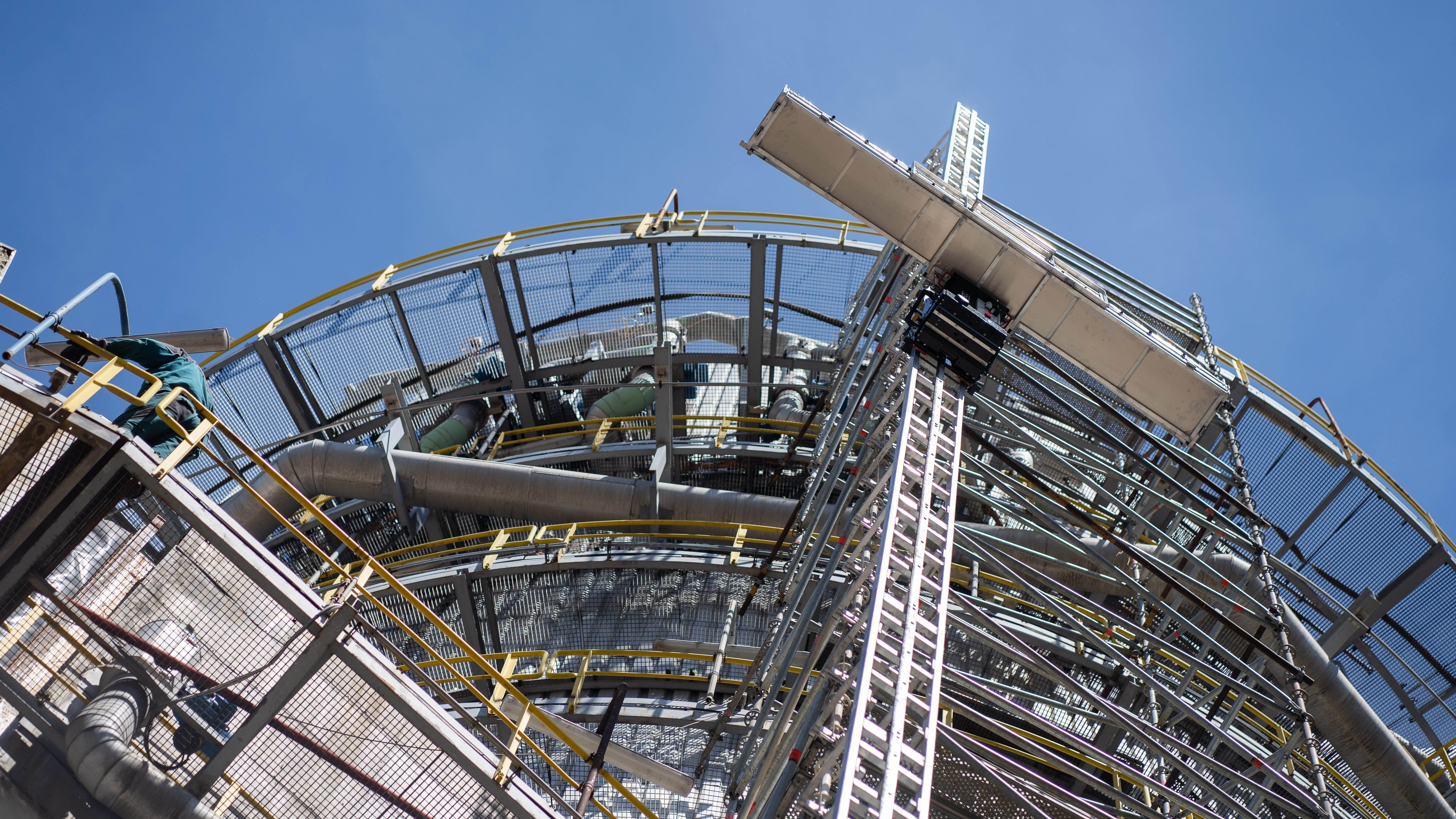Turning Visions into Built Reality
The team of Powerhouse Company, a Rotterdam-based architectural firm, created an off-grid and CO2-neutral office building, the Floating Office Rotterdam.
Author
Stefan Prins
Partner Architect at the Netherland-based, award-winning architecture office, Powerhouse Company
This article belongs to the collection Sustainability
To the topic pageA self-sufficient, completely demountable, and floating office building – which initially sounded like a dream of the future became reality in the Rotterdam Rjinhaven port. The team of Powerhouse Company, a Rotterdam-based architectural firm, created an off-grid and CO2-neutral office building. If the sea level rises due to climate change, the Floating Office Rotterdam (FOR) will neither sink nor be flooded. What sounded like a vision in our article of floating cities has turned into reality in the Netherlands.
For the future
The Floating Office Rotterdam was designed to reflect the values of its occupants. The FOR is used by the Global Center on Adaptation, a Rotterdam-based non-governmental organization founded in 2018, promotes planning, investment, and technology to mitigate climate change. Behind it are prominent figures: former United Nations Secretary-General Ban Ki-Moon is vice chairman of the organization. Bill Gates and Kristalina Georgieva, the Director of the International Monetary Fund, were among the founders.
The climate-resilient, floating office is therefore both an illustration of the center’s mission and an inspiration to others. With its own solar energy source and water-based heat exchange system, it is completely self-sufficient. The FOR also has public facilities. Featuring a restaurant with a large outdoor terrace and a swimming pool – accessible via a walkway – the building forms a key element in a redesigned harbor by ensuring public space on the waterfront.
Special challenges require special ideas
Powerhouse Company approached the task of designing a sustainable floating office building holistically. However, the design and construction of the FOR proved challenging. It was important to the constructors that the building met modern sustainability requirements. Thus, wood was predominantly used for the construction, as it is recyclable, easy to dismantle, and reduces the building’s carbon footprint. The ceiling beams in the building’s transverse direction were made as one piece to shorten the construction time for the wooden structure. The entire office building was designed in Archicad from the Nemetschek Group’s brand Graphisoft, which supported to consistently pursue the holistic design approach regarding sustainability and digital designing methods.
FOR is cooled by heat exchange with the Rijnhaven port water in summer and heated in winter. Meanwhile, the overhanging balconies and a pitched roof serve as solar shading. In addition, the roof serves as an energy source: the north side has a green roof, while a 900m2 photovoltaic system was installed on the south side, making the building an energy-positive building. This means the building is self-sufficient from an energy and heating. The windows also allow plenty of daylight into the interior, creating a pleasant working atmosphere. And nature is also incorporated into the project – the green roof improves the climate and provides new habitat for insects. It’s ready for the circular economy.
Incidentally, should anything ever go wrong with the new building, the complaints process is short: the architects of the Powerhouse Company and the project developer, RED Company – which Powerhouse Company’s co-founder Nanne de Ru launched in 2015 – have also moved into their offices in the Floating Office Rotterdam.
Why build on water?
Most sustainability measures in buildings aim to prevent climate change. Designing a floating building helps protect it from the effects of climate change and raises awareness about the issue. Compared to construction on land, building on water is still very costly and challenging. But the will and vision to build a truly sustainable building in Rotterdam – one that is not only armed against climate change and its effects, but also recyclable – were greater than the challenges.

